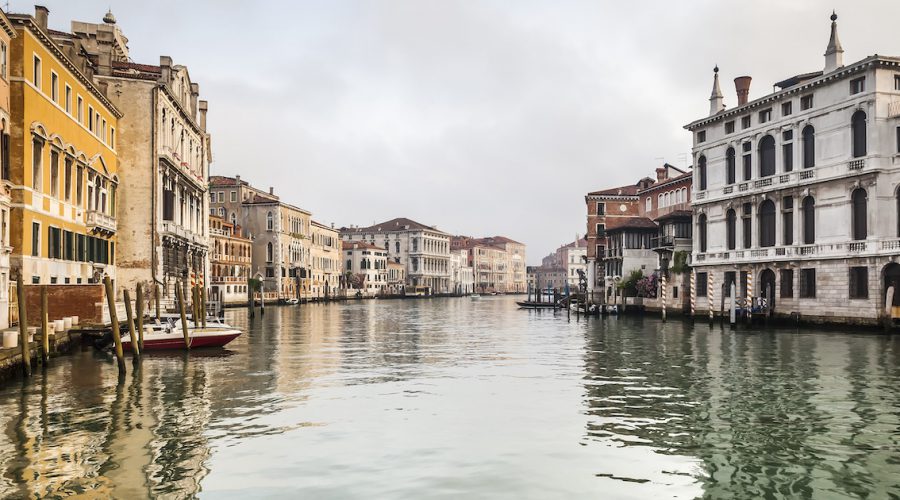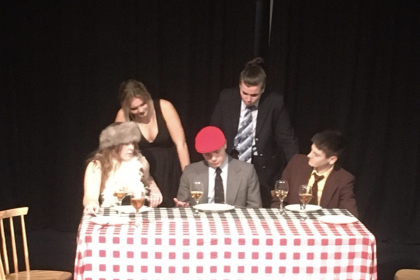Un articolo e una recensione Il venti gennaio, quindi all’inizio del trimestre, era la sera del film italiano a scuola, …
SERATA ITALIANA: MFL FILM NIGHT – ‘BENVENUTI AL SUD’

Modern Language Magazine

Un articolo e una recensione Il venti gennaio, quindi all’inizio del trimestre, era la sera del film italiano a scuola, …

Last weekend a group of French linguists (and very talented actors) headed to London to the King Alfred School to …

While the excitement of the 2020 Olympic Games in Tokyo was still fresh in our minds, the Winter Olympics were …

Here are the photos from the F Block Mardi Gras event on Tuesday 1st March in Griffin House dining room. …

Happy Lunar New Year everyone, This year Rugby School hosted the first ever whole school Chinese New Year dinner celebration, …

Excerpt from an interview with Wang Xiaobo in 1992: Q: “Do you think that there are two ways of thinking, …

We are young, with simple but hot hearts, heading for the far reaches of our dreams. With our goals in …

— Skye Slatcher As linguists we can understand and appreciate how important language is for shaping our identity, and this …